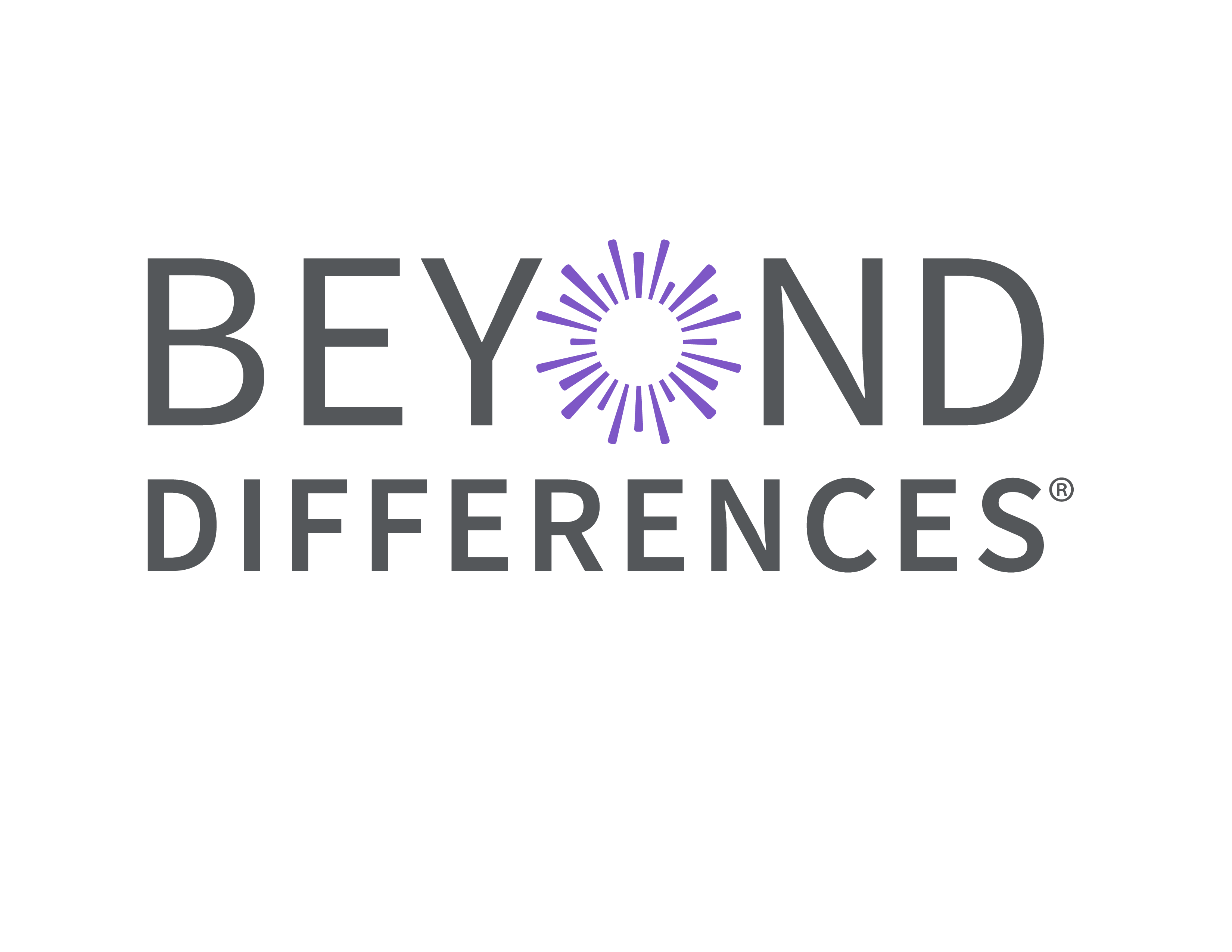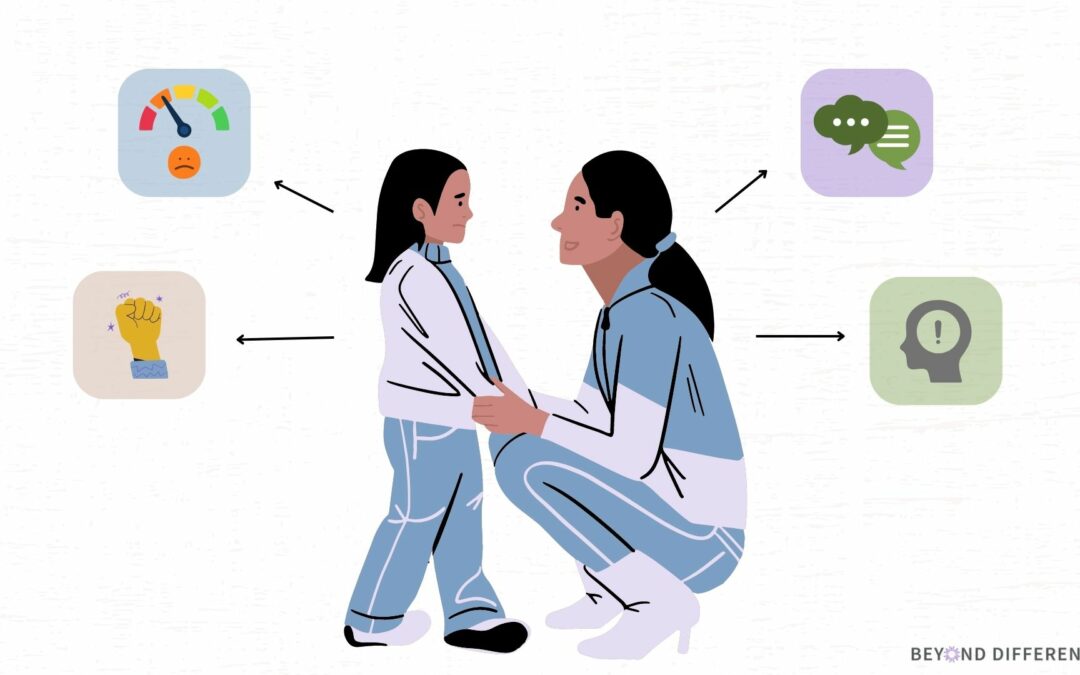Following a crisis, educators should be prepared for additional trauma, trigger responses and questions coming into your classrooms the following morning. It is not unusual for students to act out, draw inward, and display displaced emotion in reaction to the news headlines. We would like to offer a few ways to help support youth in the classroom:
- Help children process their emotions in a safe, independent way
“I know today may feel scary, how can I make you feel safe?” - Model and facilitate conversations about feelings that may be complicated or hard to articulate. Students may express their fears by sharing breaks in family traditions, such as:
“My family did not go out to shop for the Lunar New Year.” Acknowledge their fear and help them look forward: “I know many families did not feel safe going out. I felt afraid and then frustrated that I have to think about my safety this time of year. I bet you were feeling many different things when you had to stay home. What is the first feeling you had?” - Address deeply entrenched cultural biases that invoke fear or self-doubt
Don’t deny a student’s observations about race or worries related to racism. Listen and ask questions that will give them greater clarity. Refocus on them and what aspects of their culture brings them joy. In response, model respect and interest. Encourage the student to share these thoughts with others.
“Are people going to fear and hate us even more?”
“I know there is race based hatred in our world. It’s wrong. I felt it and I can tell you did, too. Throughout history, communities of color have faced racism, and throughout history we have drawn on our strength and remained strong and proud. Think about every time one of these incidents happen, what do communities of color across the nation do? We drew upon the strength of our ancestors and we moved forward. There will be people who will not see us as human, but there are so many who support us and fight with us for what is right. One way or the other, I am here and I see you and your (name specific things that you admire and know about the child.” - Remind youth of their power and agency to push back against hate
“Your voice is so important, I am so glad that you are here. We are going to get through this together.”
Be sure to check back regularly with yourself and with students. Note and articulate how feelings change, and identify what makes students feel safe and connected to others.
Visit our website for more resources on Crisis Response with youth.
The misson of Beyond Differences® is to inspire students nationwide to end social isolation and create cultures of belonging for everyone. We envision a world where all youth are accepted, valued, and included no matter their differences. Beyond Differences® offers FREE SEL curriculum, lesson plans, and supplies’ to middle school educators all across the nation. Bring our programs to your school today!

